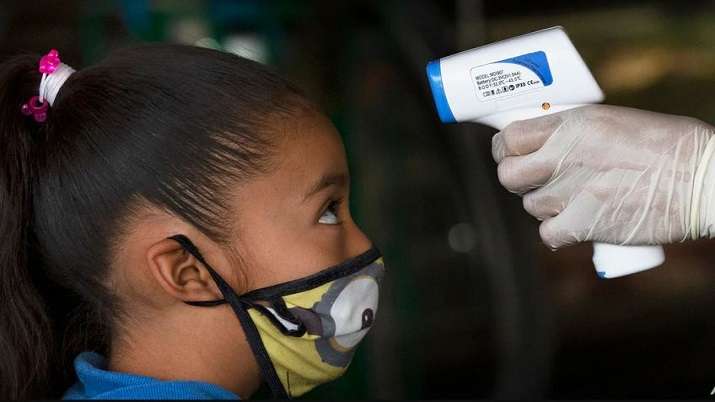
COVID-19: Risk of serious illness, death among children very low, UK study finds
Children and adolescents have an extremely low risk of serious illness and death from SARS-CoV-2, the virus that causes COVID-19, according to a new comprehensive analysis of public health data released on Friday by researchers in the UK. . However, the analyzes also found that COVID-19 increases the likelihood of serious illness in the most vulnerable young people with pre-existing medical conditions and severe disabilities, although these risks remain low overall.
The preliminary findings, published in three new pre-print studies led by University College London (UCL), the University of Bristol, the University of York and the University of Liverpool, will be presented to the UK’s Joint Committee on Immunization and Immunization (JCVI). , Department of Health and Social Care (DHSC) and the World Health Organization (WHO), to inform vaccine and shielding policy for under-18s.
“These new studies demonstrate that the risk of serious illness or death from SARS-CoV-2 is very low in children and young people,” said Russell Viner, a professor at the UCL Great Ormond Street Institute of Child Health and senior author of the two studies. ” .
“At high risk are young people who are at greater risk from any winter virus or other illness – that is, youth with multiple health conditions and complicated disabilities. COVID-19 is, however, more vulnerable to influenza (seasonal flu)-like illnesses for these groups of people. increases the risk to a higher level in comparison,” he said.
“Our new findings are important as they will inform decisions about immunization of adolescents and children, as well as shielding guidance for young people, not only in the UK but internationally,” he said.
The UCL-led study looked at England’s hospital admissions data for young people between 2015 and 2021 and linked it to data on admissions to intensive care, deaths and PCR testing.
Lead author Dr. Joseph Ward, from the UCL Great Ormond Street Institute of Child Health, said: “The factors associated with a higher risk of severe COVID-19 appear to be broadly consistent for both children and adults. Whites in our study Young people of black ethnicity, as well as youth with health conditions such as diabetes, asthma and heart disease, were found to have a higher risk of admission to intensive care, compared to youth with multiple conditions had the highest risk.
“These conditions were also risk factors for other diseases entering intensive care, but to a lesser extent than COVID-19.”
A preprint study published on the ‘MedRxiv’ server found that 251 young people under the age of 18 in England were admitted to intensive care with COVID-19 by the end of February 2021 during the first year of the pandemic. To determine the absolute risk, it said it equates to youths in that age group in England who have a roughly 50,000 chance of being admitted to intensive care with COVID-19 during that time.
“Our meta-analysis found risk factors similar to those of other studies, although we also found that obesity was associated with an increased risk of severe COVID-19 disease, which we have known for some time in adults, but now only a significant The risk is becoming apparent in children and young people as well,” said Dr. Rachel Harwood from the University of Liverpool.
Looking separately at PIMS-TS, a rare inflammatory syndrome in children caused by COVID-19, the researchers found that 309 young people were admitted to intensive care with the condition – equivalent to an absolute risk of one in 38,911.
Dr Claire Smith from the University of Bristol said: “We found that only 40 percent of children and youth who had a positive COVID-19 test at the time of death actually died of COVID-19, emphasizing that the risks are low. Simple numbers may suggest. Children and young people with complex neurodisabilities had the highest risk of death.”
Senior author Professor Lorna Fraser from the University of York said: “It is important to remember that the risk for all children and young people is very low. Even when we found a higher risk for some groups with serious medical problems, Even then these risks were very small compared to the risks seen in adults.”
A linked preprint study published on the ‘Research Square’ server and looking at data from England concluded that 25 children and young people had died as a result of COVID-19, which is equivalent to the absolute risk of death from COVID-19 . 481,000, or about two in a million.
Dr Elizabeth Whitaker from Imperial College London said it was “reassuring” that the overall findings reflect clinical experience in the very few critically unwell children’s hospital.
“Although this data is as of February 2021, it has not changed with the recent delta version. We hope this data will be reassuring for children and young people and their families.
Read also | COVID-19 most likely of natural origin, not leaked from lab: Study
Read also | Cases of Lambda COVID-19 variant found in Canada
.